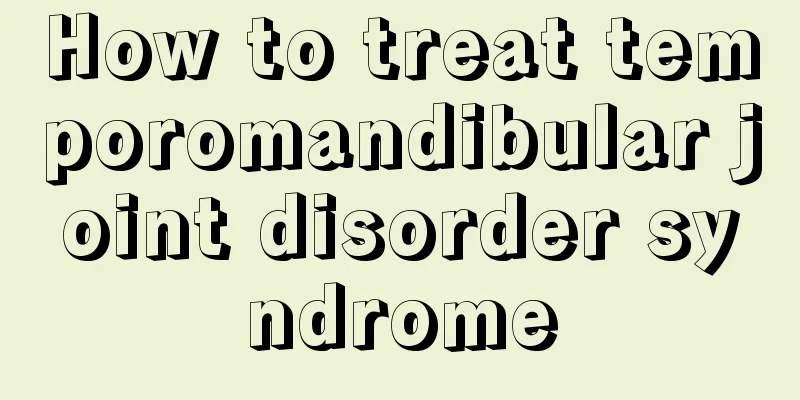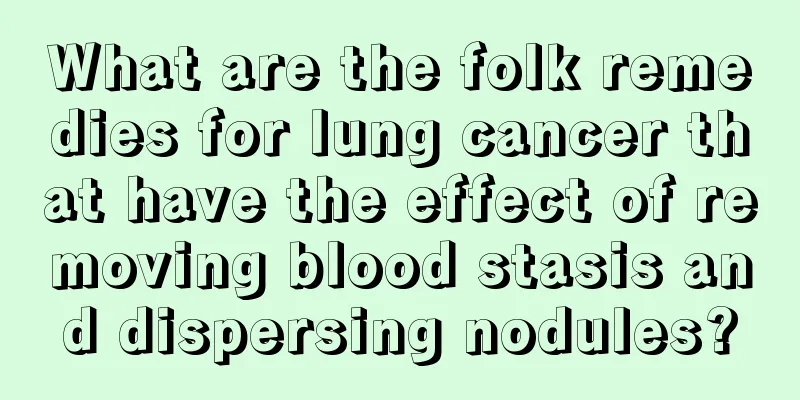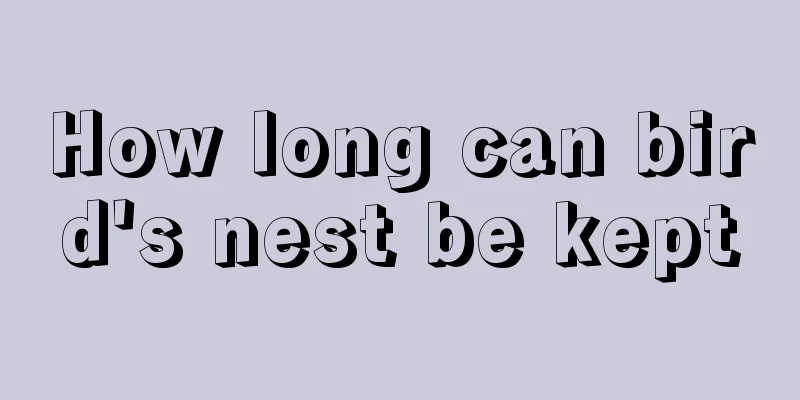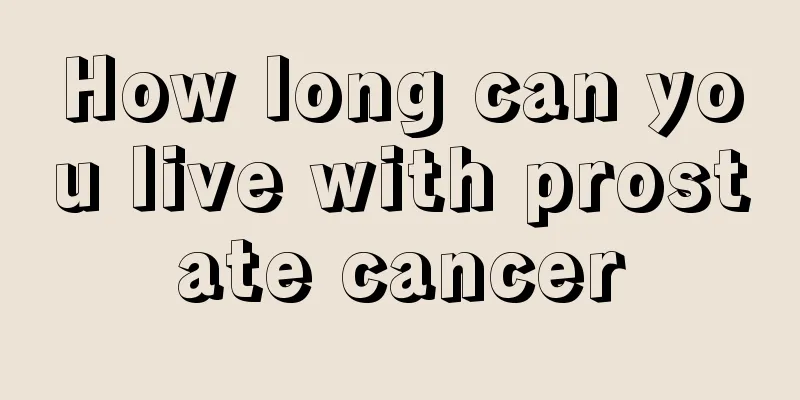The concept of digestion and absorption
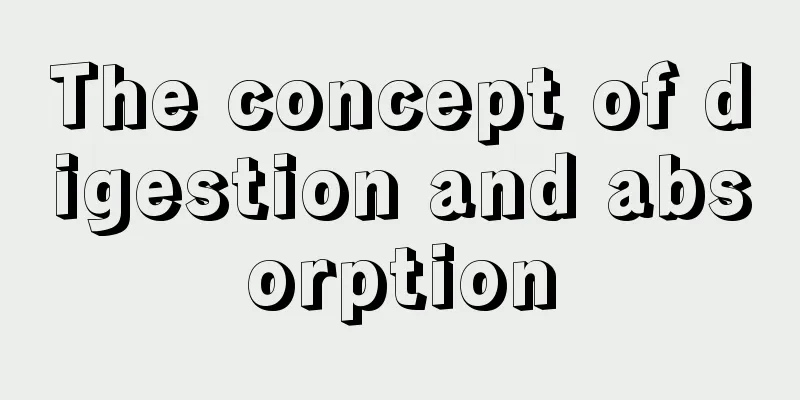
|
We are constantly performing digestion and absorption in our daily lives. Our body can only work normally if it can’t do without digestion and absorption. But do you have an understanding of the specific concepts of digestion and absorption? Only when our body can digest and absorb normally can we carry out our daily work normally. Let’s take a look at the specific concepts of digestion and absorption. Digestion is the process by which the body breaks down large, molecularly complex foods into absorbable, small-molecule chemicals with simple molecular structures through the movement of the digestive tract and the enzymatic hydrolysis of digestive gland secretions. Among them, the process of turning food from large pieces into small pieces through mechanical action is called mechanical digestion, and the process of turning large molecules into small molecules through the action of digestive enzymes is called chemical digestion. Digestion helps nutrients pass through the epithelial cells of the digestive tract mucosa into the blood and lymph - absorption, thereby providing energy for the body's life activities. The digestion process includes mechanical digestion and chemical digestion. The former refers to the grinding of large pieces of food through the contraction and relaxation of the muscles of the digestive tract wall (such as chewing in the mouth, peristalsis of the stomach and intestines, etc.); the latter refers to the hydrolysis of foods with complex molecular structures into nutrients with simple molecular structures by various digestive enzymes, such as the hydrolysis of proteins into amino acids, fats into fatty acids and glycerol, and polysaccharides into glucose. Absorption is the process by which the body takes in nutrients from the environment into the body. Single-celled animals absorb nutrients directly from their living environment; in the digestive tract of multicellular animals, the process by which the digestive products of various foods and substances such as water and salt enter the blood and lymph through the epithelial cells of the digestive tract, as well as the process by which substances in the renal tubules of vertebrates are re-transported into the blood, are all considered absorption. There are many ways of absorption, but they are all for supplying the body with nutrients and maintaining a constant internal environment. The absorption mechanism of both single-celled organisms and higher animals is that the process of nutrient absorption is that the molecules of the substance pass through the cell membrane to enter the cell, or then pass through the other side of the cell membrane to leave the cell and enter the tissue fluid or blood. As organisms evolve, special absorption mechanisms specific to different substances become more important. Taking the small intestinal absorption of mammals as an example, the general mechanism of absorption is explained. Simple diffusion is a purely physical phenomenon in which molecules of a substance move from an area of high concentration to an area of low concentration. The cell membrane is a lipid membrane between the intracellular fluid and the extracellular fluid. Therefore, only molecules that can dissolve in lipids can diffuse from the high-concentration side of the membrane to the low-concentration side (also called diffusion). The diffusion flux of a substance is determined not only by the concentration gradient of the substance on both sides of the membrane, but also by the resistance or difficulty of the membrane to the passage of the substance, the latter of which is called permeability. The absorption process of simple diffusion does not consume energy, and the molecules of the substance move according to the concentration gradient or potential gradient. Simple diffusion through the intestinal epithelium is affected by the size of the molecule and other physicochemical factors, such as charge and lipid solubility. Diffusion alone is not an important mode of nutrient absorption in the small intestine. We have introduced some concepts of digestion and absorption in detail above. We hope that it will be helpful for you to understand this knowledge. You should also learn more about how to better absorb and digest our daily food. |
<<: Methods for treating fat granules
>>: What are the best ways to remove moles?
Recommend
What are the three major categories of bacteria?
Bacteria are tiny organisms and are the most nume...
Nursing methods for testicular cancer
Most patients with testicular cancer have more or...
What causes shoulder blade pain
Nowadays, people are under increasing pressure, b...
Why does moldy food cause liver cancer? Liver cancer patients should not eat too much of these foods
Many middle-aged people are about 40 years old. T...
Why do you get uterine cancer
Uterine cancer is one of the most common malignan...
Is skin cancer recurrence serious?
Among skin cancers, melanoma is the most malignan...
What is the appropriate diet for patients with advanced lung cancer? Patients with advanced lung cancer should eat more of three types of food
The treatment of lung cancer has always been a pr...
How to get rid of the distress of secret love
It is not a pleasant feeling to have a crush on s...
What to do if your eyes are sagging
Drooping eyes are a problem that bothers many you...
How long can you live with chemotherapy for advanced cervical cancer
Cervical cancer is a common gynecological maligna...
Nursing after chemotherapy for endometrial cancer
How to take care of yourself after endometrial ca...
What should I do if the wound becomes inflamed and suppurated
Wound inflammation and suppuration is a serious p...
Experts remind of the four early manifestations of skin cancer
Skin cancer is a common dermatological disease. I...
What are the symptoms of hormonal acne?
Hormonal acne is called hormone-dependent acne. I...
The benefits of bitter melon and black bean bone soup
The preparation method of bitter gourd, black bea...
